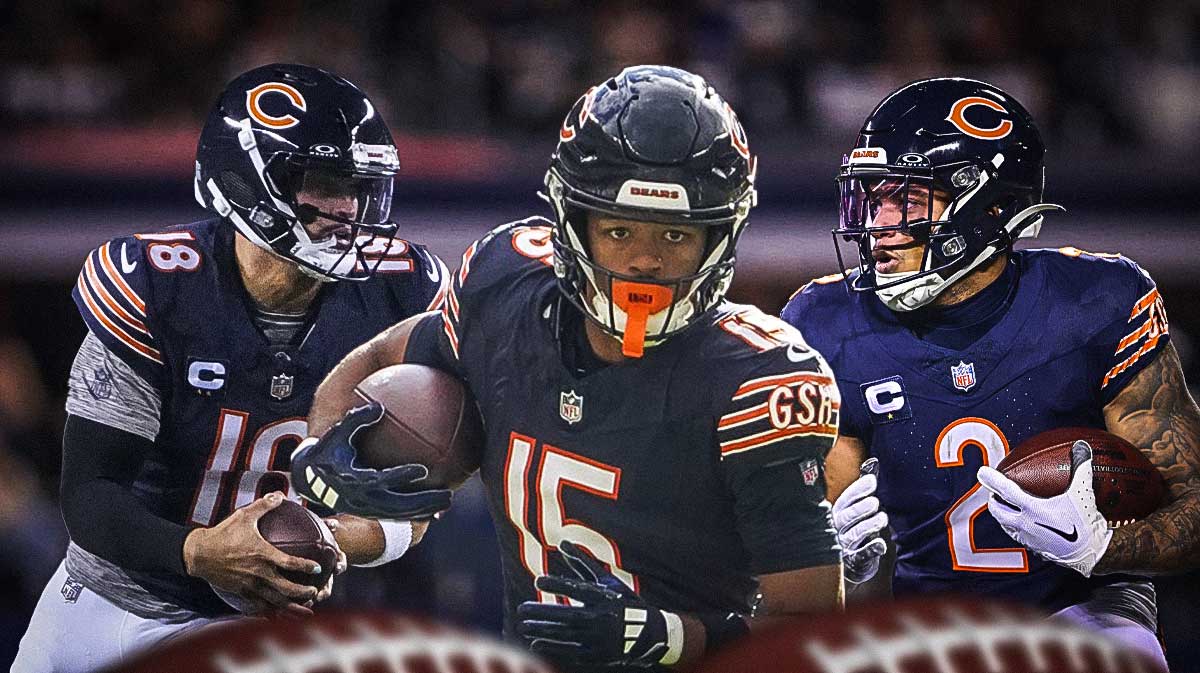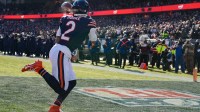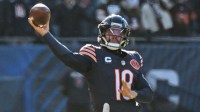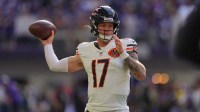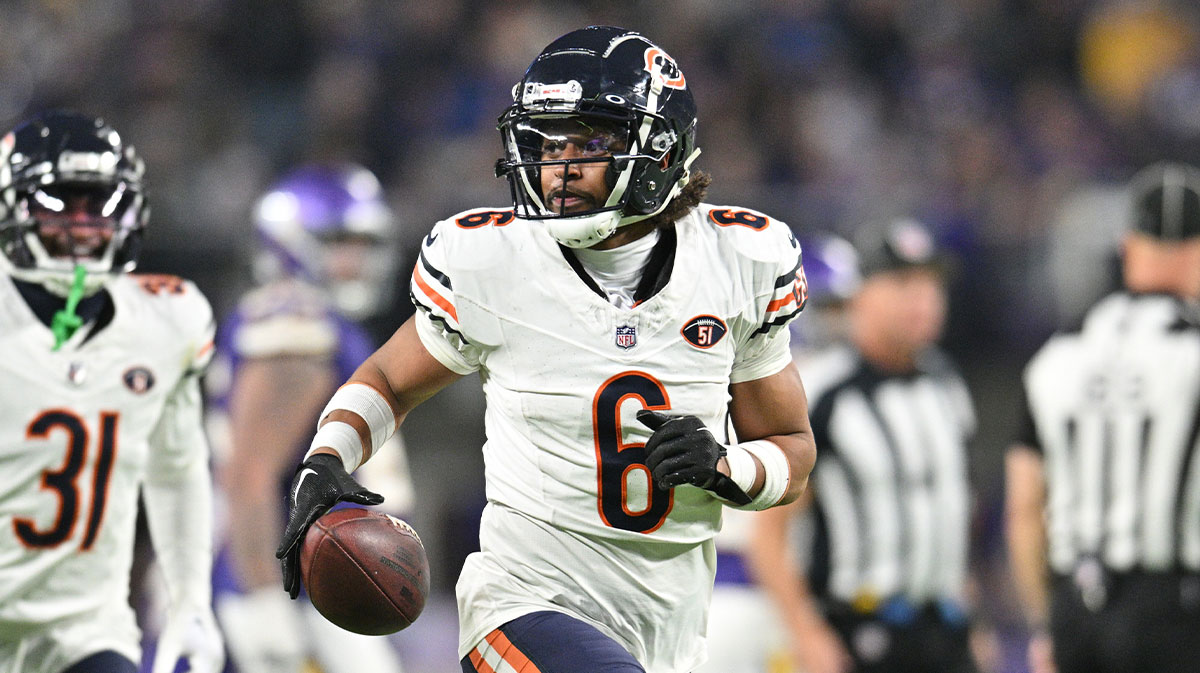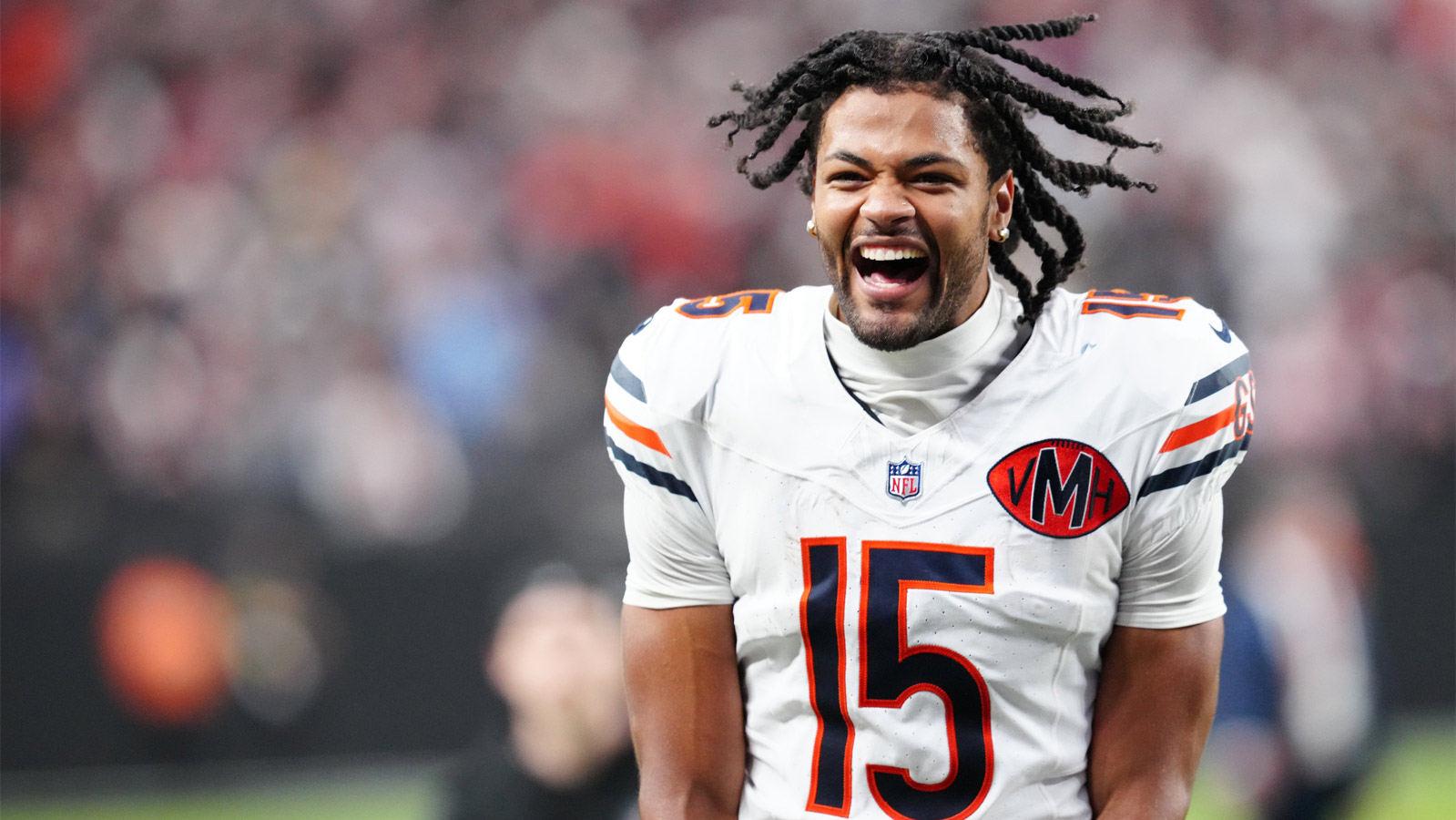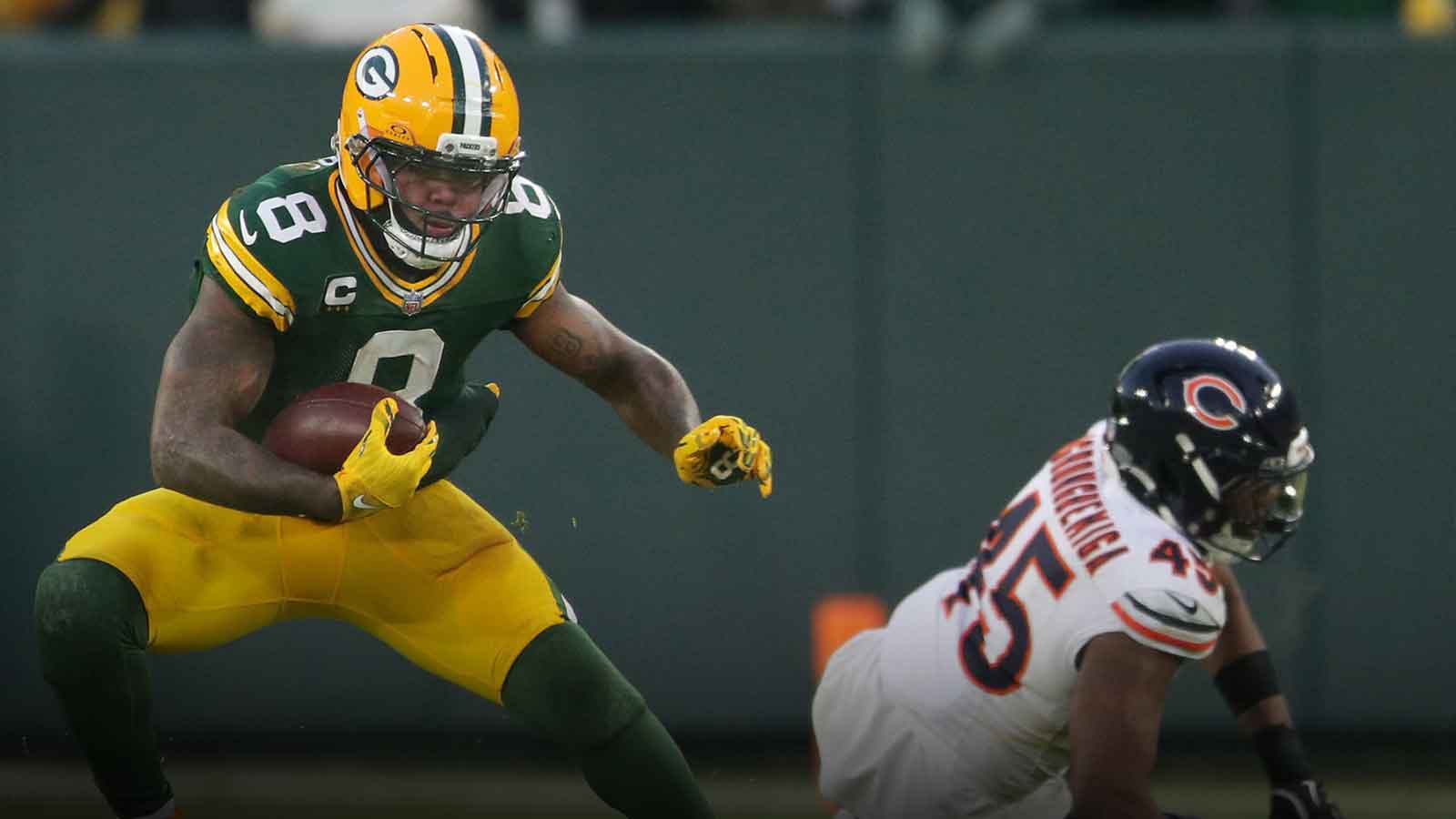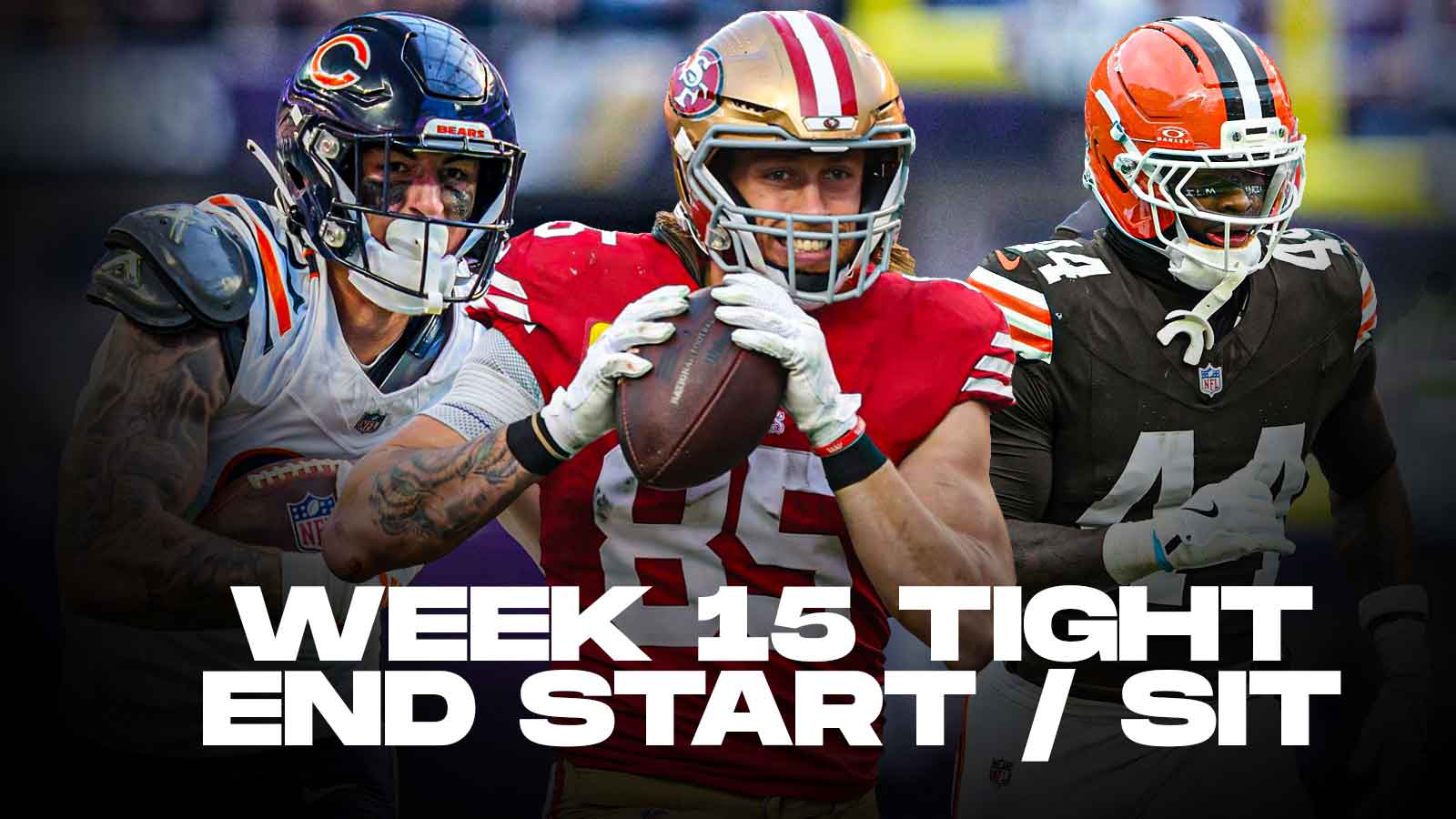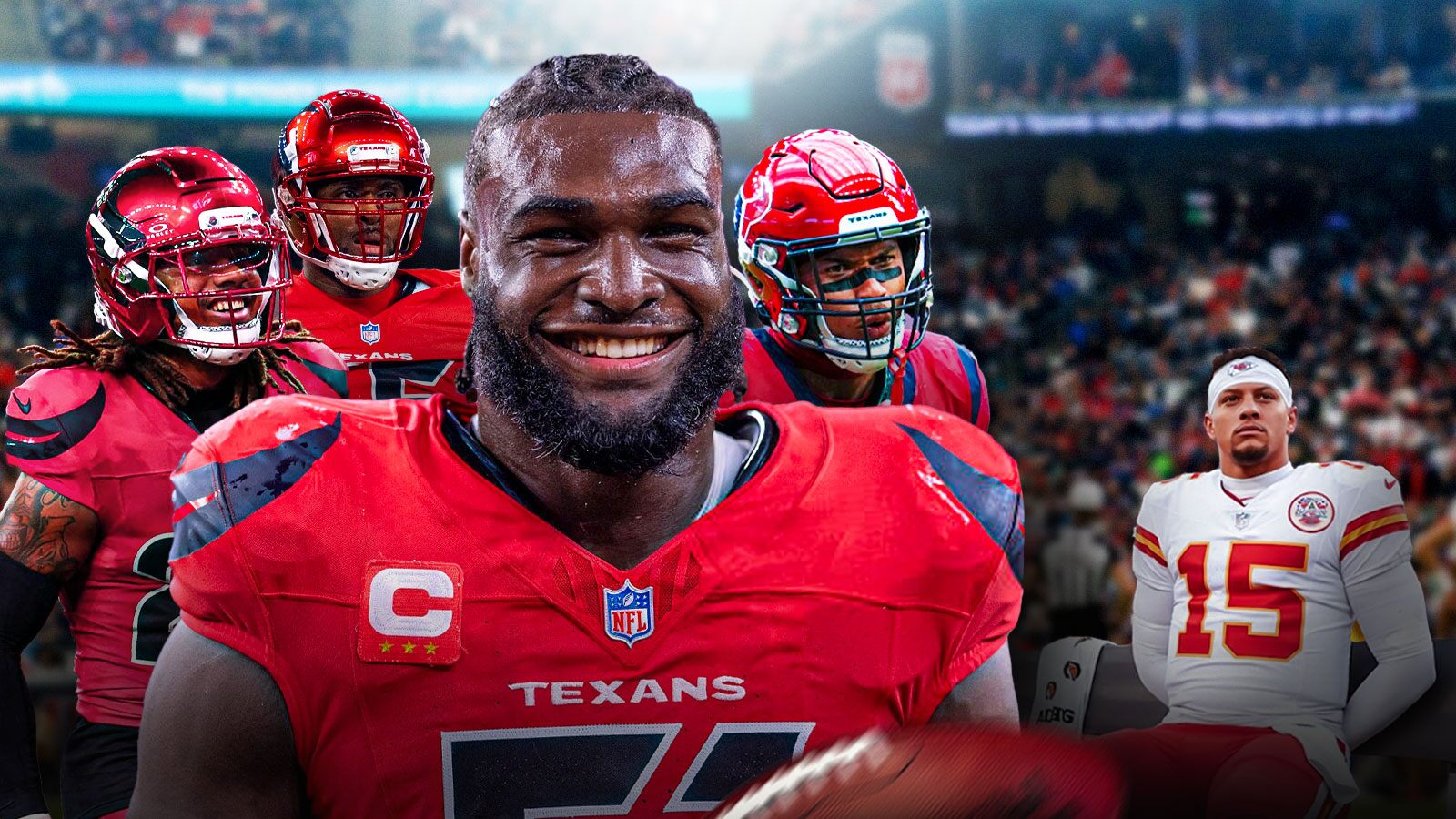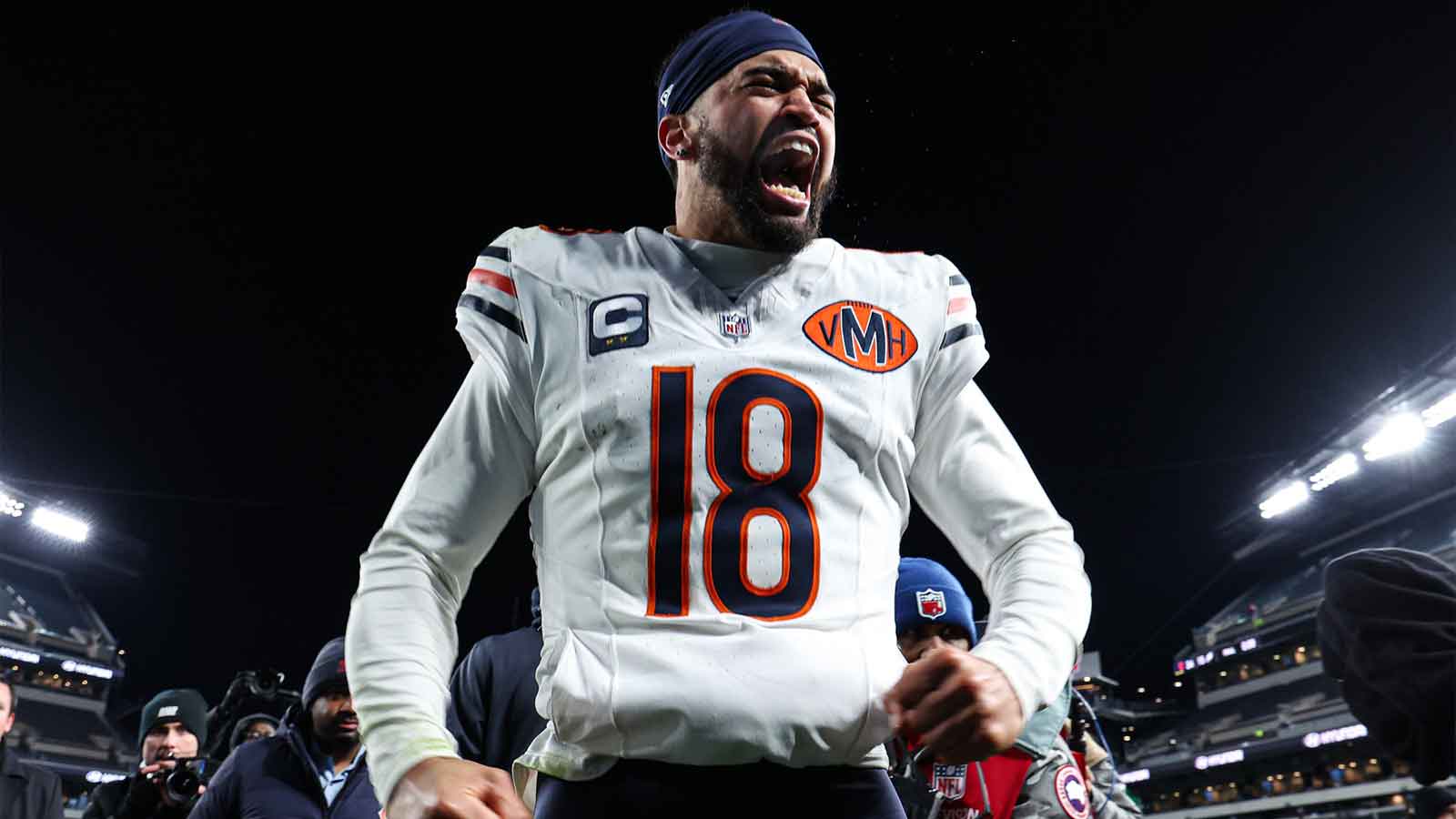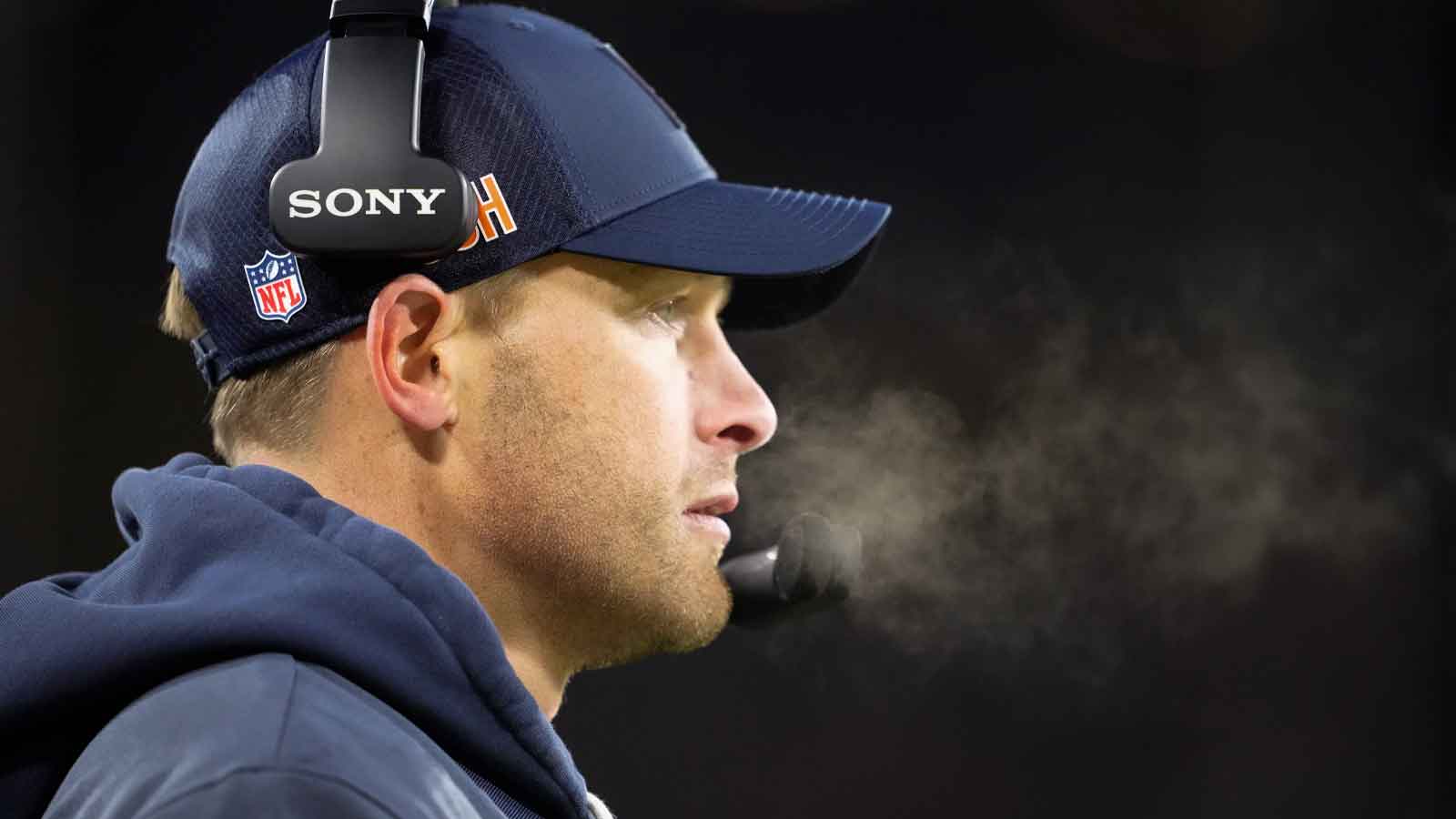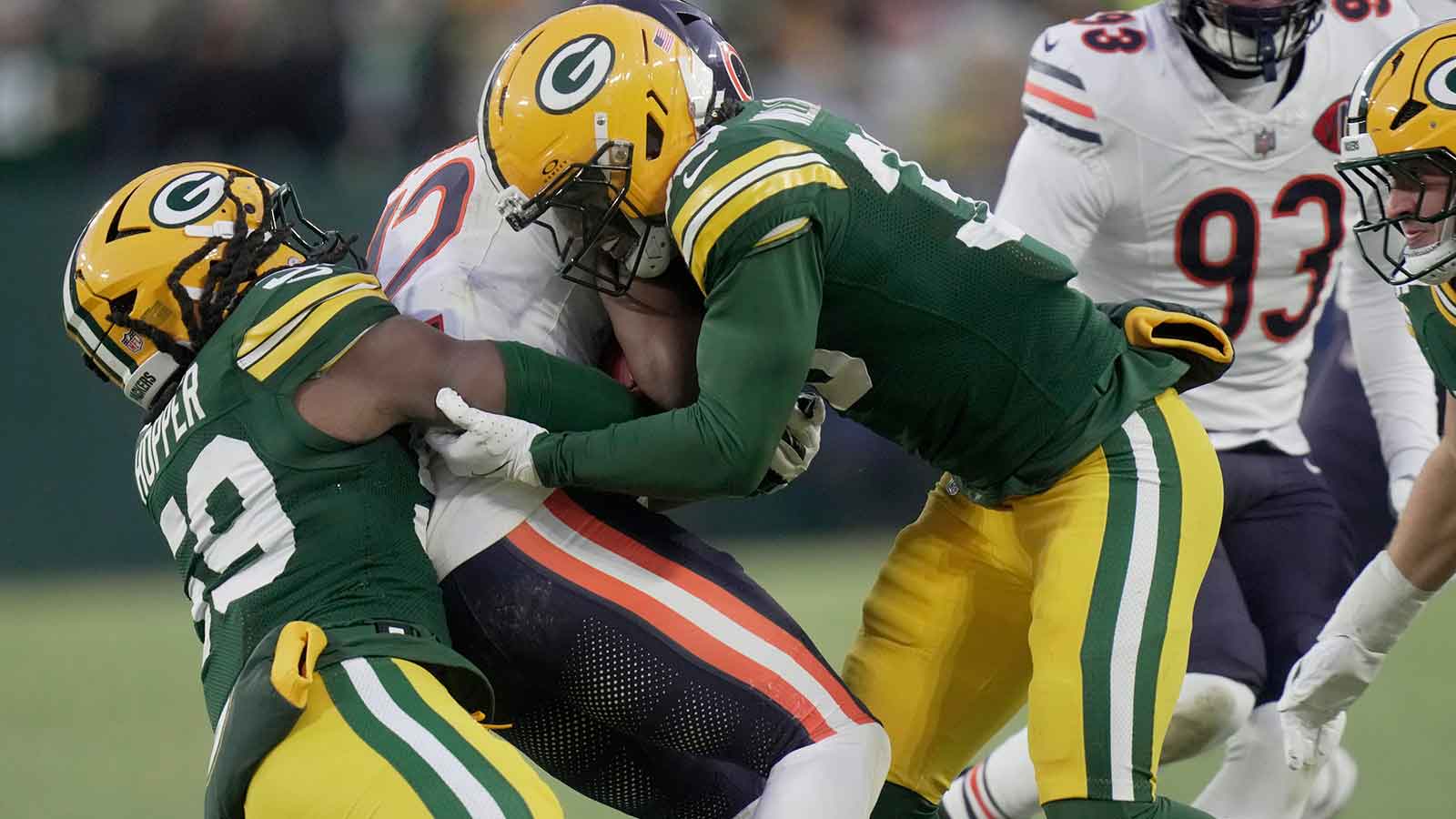The Chicago Bears enter Week 3 with an 0-2 record and an offense still searching for its identity, but Sunday's showdown against the Dallas Cowboys presents an ideal opportunity to get things back on track. While both teams have struggled defensively through the first two weeks, the Cowboys' secondary issues run far deeper than Chicago's offensive inconsistencies, creating a perfect storm for Caleb Williams and his receiving corps to exploit.
The numbers tell a concerning story for Dallas. The Cowboys have allowed 422 passing yards to Russell Wilson and the Giants in Week 2 alone, while surrendering a whopping 50.9% pass defense DVOA that ranks them 29th in the league. Through two games, Dallas has been torched for big plays in the passing game, particularly in coverage breakdowns that have left receivers running free in open space.
Caleb Williams and Company Poised to Capitalize on Explosive Play Potential
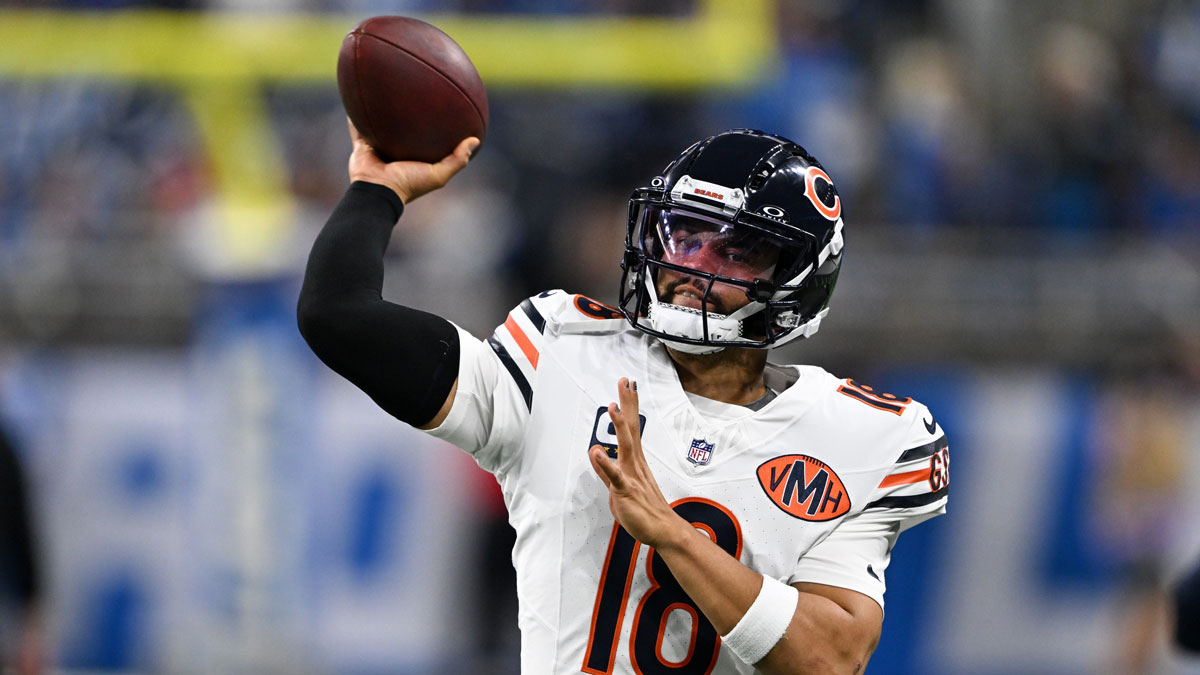
Despite the Bears' 0-2 start, their offensive arsenal is perfectly positioned to exploit Dallas's defensive vulnerabilities. Chicago has already demonstrated an impressive ability to generate explosive plays, ranking tied for second in the NFL with 16 “big plays” (rushes over 10 yards or passes over 20 yards) through two weeks. This big-play capability could prove devastating against a Cowboys defense that has consistently allowed receivers to get behind their coverage.
Caleb Williams has shown marked improvement in his decision-making and timing within Ben Johnson's system. His connection with Rome Odunze has developed faster than expected, with the rookie receiver becoming Williams' primary target and hauling in 13 catches for 165 yards and three touchdowns on 20 targets. The chemistry between quarterback and receiver was on full display in Week 2, when Odunze caught seven passes for 128 yards and two touchdowns against Detroit.
The emergence of Odunze as the clear number one receiver has created a dynamic that the Cowboys' depleted secondary will struggle to contain. DJ Moore remains a threat on the other side, and his veteran presence combined with Odunze's ascending talent presents a matchup nightmare for a Dallas defense that allowed Giants receivers Malik Nabers and Wan'Dale Robinson to combine for 17 catches, 309 yards, and three touchdowns.
Injuries and Scheme Changes Compound Cowboys' Woes
The Cowboys' defensive backfield has been ravaged by injuries and scheme adjustments that haven't translated to on-field success. All-Pro cornerback DaRon Bland remains sidelined with a foot injury, missing his second consecutive week. This absence has forced Dallas to rely heavily on unproven depth, including waiver wire pickup Reddy Steward, who claimed 70% of defensive snaps against the Giants despite playing only 18 defensive snaps last season.
Even when healthy, the Cowboys' secondary has shown fundamental breakdowns. Trevon Diggs and Kaiir Elam have appeared “lost in the secondary” according to film analysis, often playing off receivers and struggling to stay in phase with deep routes. The communication in coverage has been poor, allowing opposing receivers to find soft spots in zones and create separation.
The transition from Dan Quinn's aggressive defensive scheme to Mike Zimmer's more traditional approach has created additional complications. Players are still adapting to new responsibilities and coverages, leading to the blown assignments that have plagued the Cowboys through two weeks. This learning curve has been particularly evident in the secondary, where split-second decisions and precise communication are paramount.
Attacking the Middle and Exploiting Coverage Breakdowns
The Cowboys' defensive struggles have been most pronounced in the middle of the field, where communication breakdowns and scheme confusion have created gaping holes in coverage. Williams has shown excellent anticipation and timing on intermediate routes, particularly the dig and comeback patterns that have been staples of Johnson's offense. These routes directly attack the areas where Dallas has been most vulnerable.
Rome Odunze's route-running precision makes him particularly dangerous in these situations. His ability to find soft spots in zone coverage and create separation at the break point has already resulted in multiple explosive plays. Against a Cowboys defense that has allowed quarterbacks to throw for 450 yards and three touchdowns (Wilson in Week 2), Odunze's skill set aligns perfectly with exploiting their weaknesses.
DJ Moore's experience and route-running savvy provide another dimension that Dallas will struggle to account for. While Odunze has emerged as the primary target, Moore's ability to win one-on-one matchups and create after the catch adds another layer of complexity for a Cowboys secondary already stretched thin by injuries and scheme changes.
The Bears' offensive line improvements have also given Williams more time to find these coverage breakdowns. His time to throw decreased from 3.20 seconds in Week 1 to 2.97 seconds in Week 2, indicating better pocket presence and quicker decision-making. This efficiency will be crucial against a Cowboys pass rush that can still generate pressure with Micah Parsons and their front four.
Looking ahead to Sunday's matchup, the stage is set for a potential breakout performance from the Bears' passing attack. The Cowboys' secondary issues run deeper than personnel, extending to scheme confusion and communication breakdowns that can't be easily fixed mid-season. For Williams, Odunze, and Moore, this represents an opportunity to not only get the Bears' offense back on track but to announce their arrival as a legitimate threat in the NFC North.
The game's projected total of 50.5 points reflects oddsmakers' belief that both defenses will struggle, but the Bears' offensive weapons appear better equipped to exploit their opponent's specific weaknesses. If Chicago can execute Johnson's game plan and attack the vulnerable areas of Dallas's coverage, Sunday could mark the turning point for what has been a frustrating start to the 2025 season.

